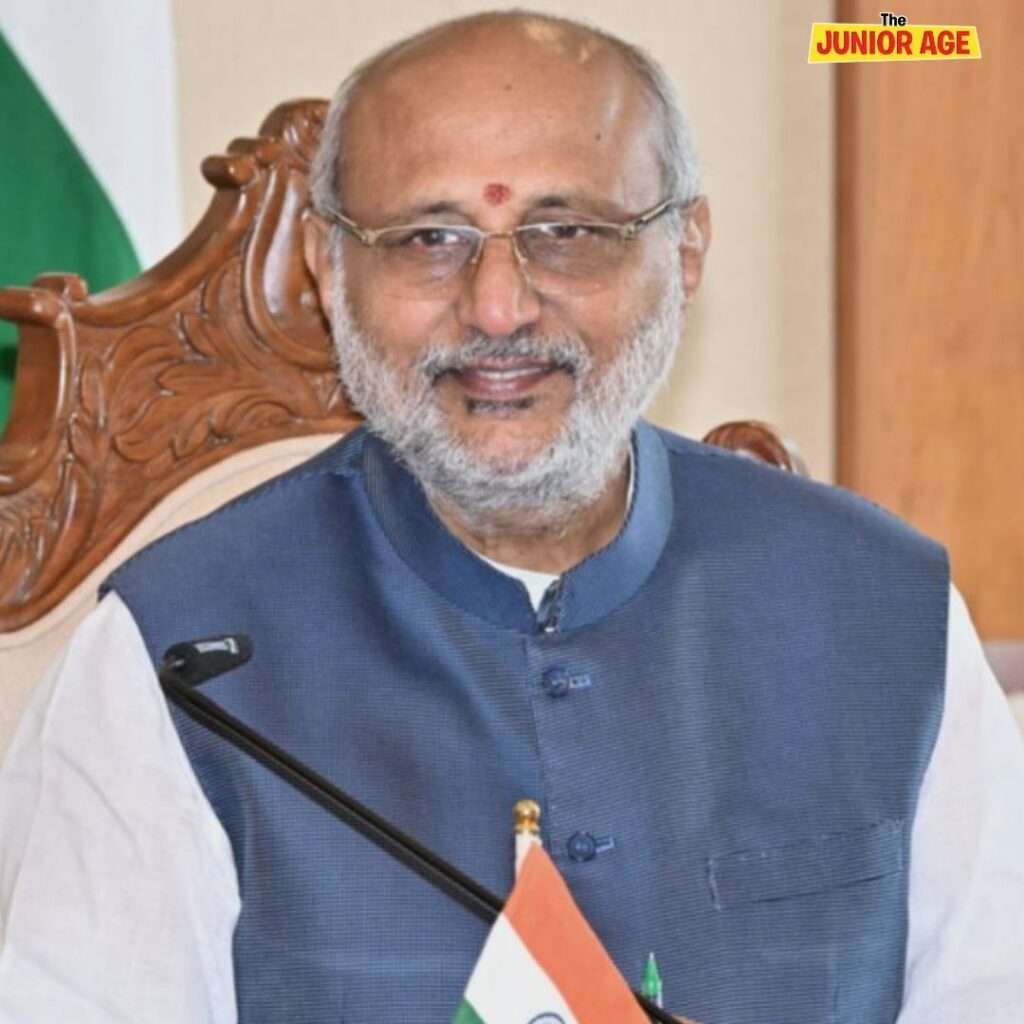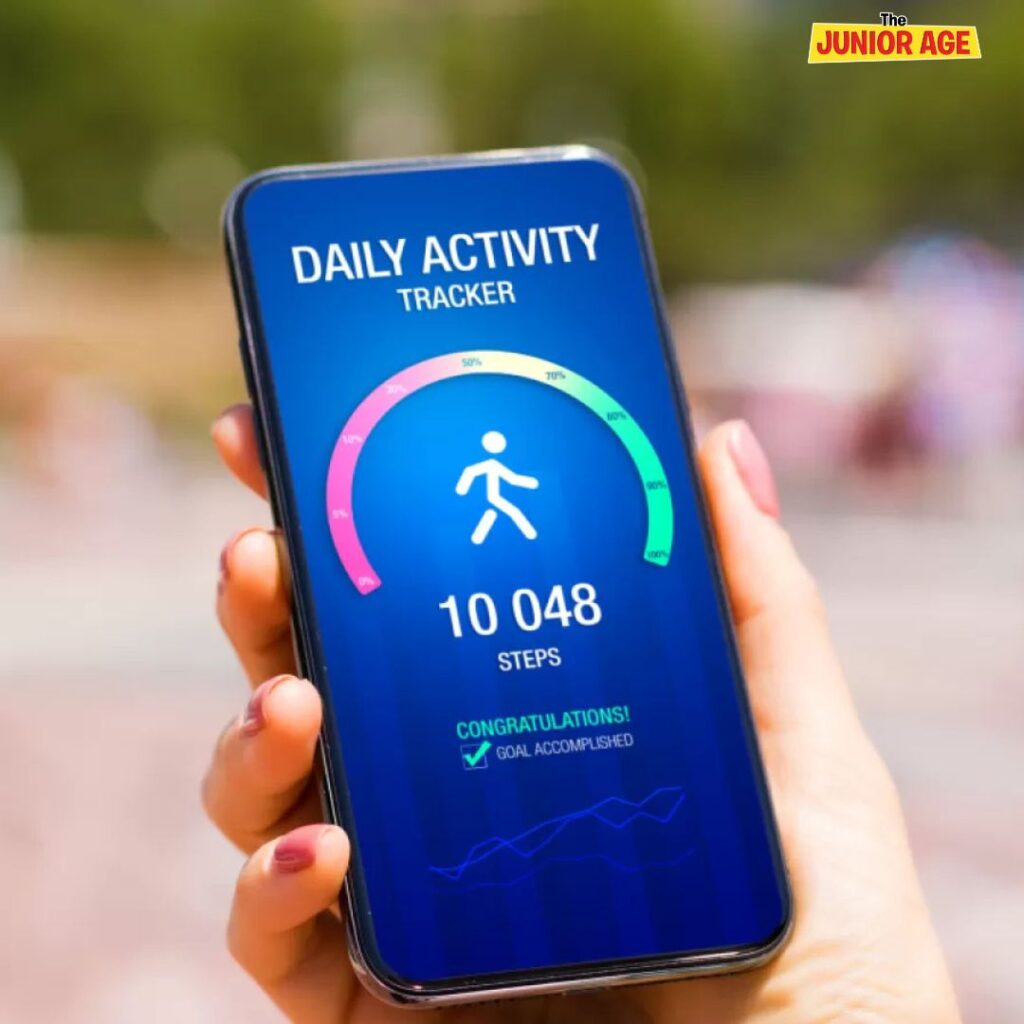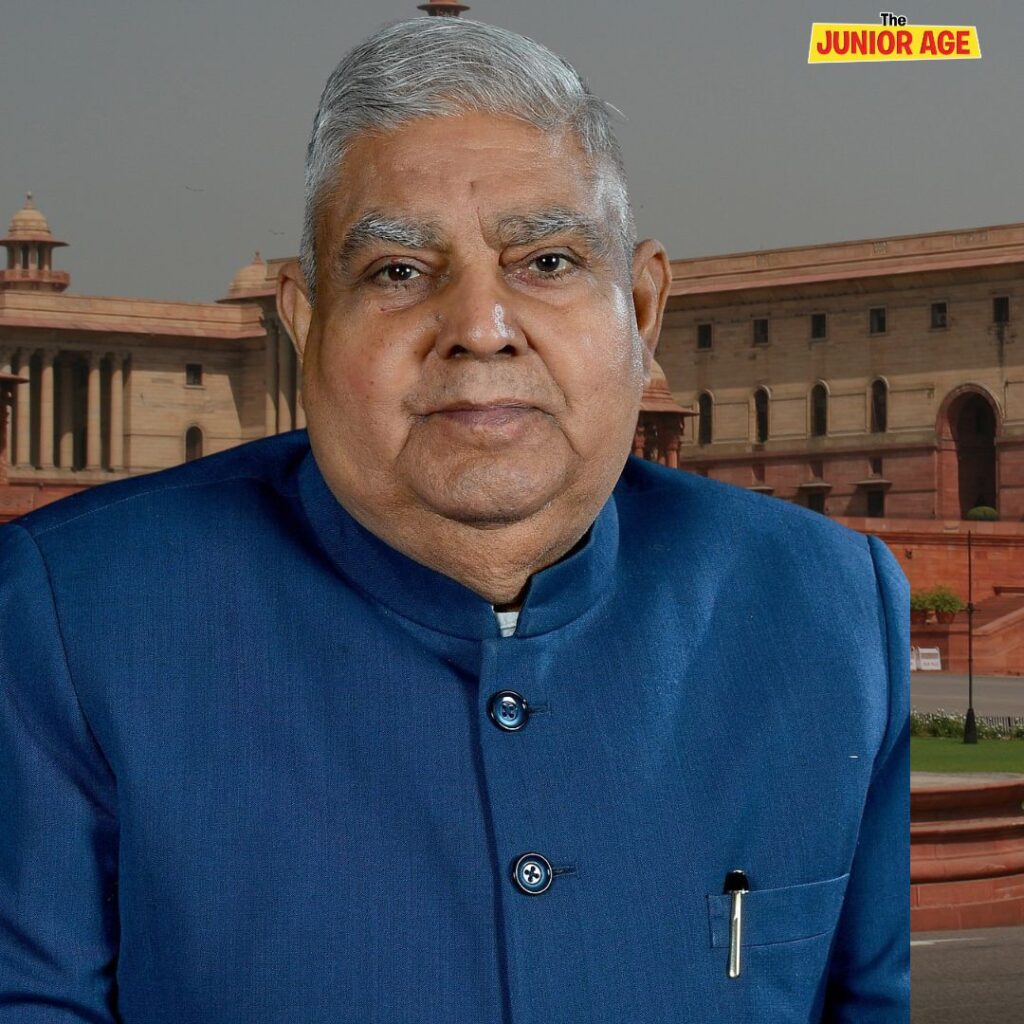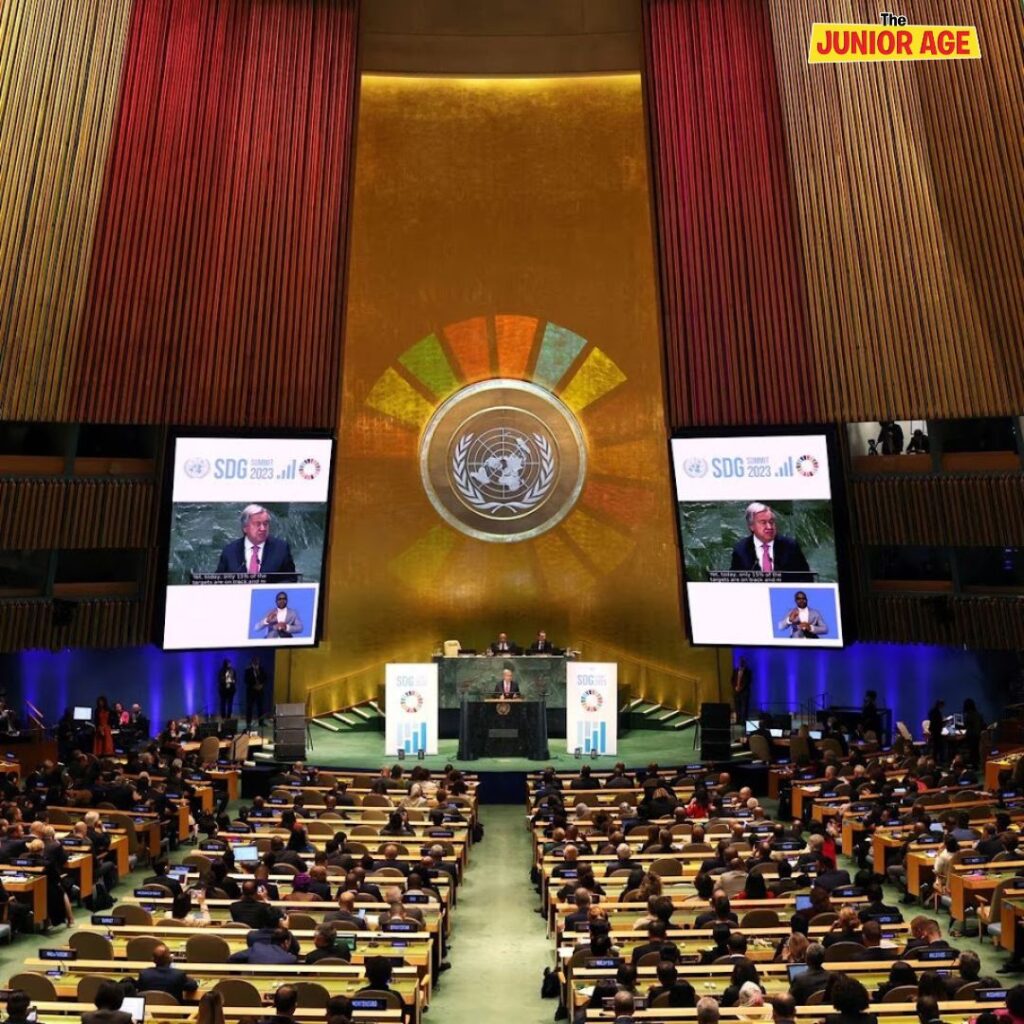Who is CP Radhakrishnan, NDA’s Pick for Vice President?
Chandrapuram Ponnusamy (C. P.) Radhakrishnan has emerged as the National Democratic Alliance (NDA)’s candidate for the upcoming Vice Presidential election, […]
Who is CP Radhakrishnan, NDA’s Pick for Vice President? Read More »






